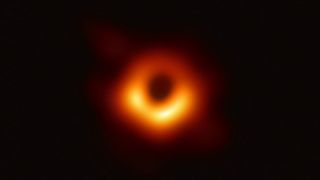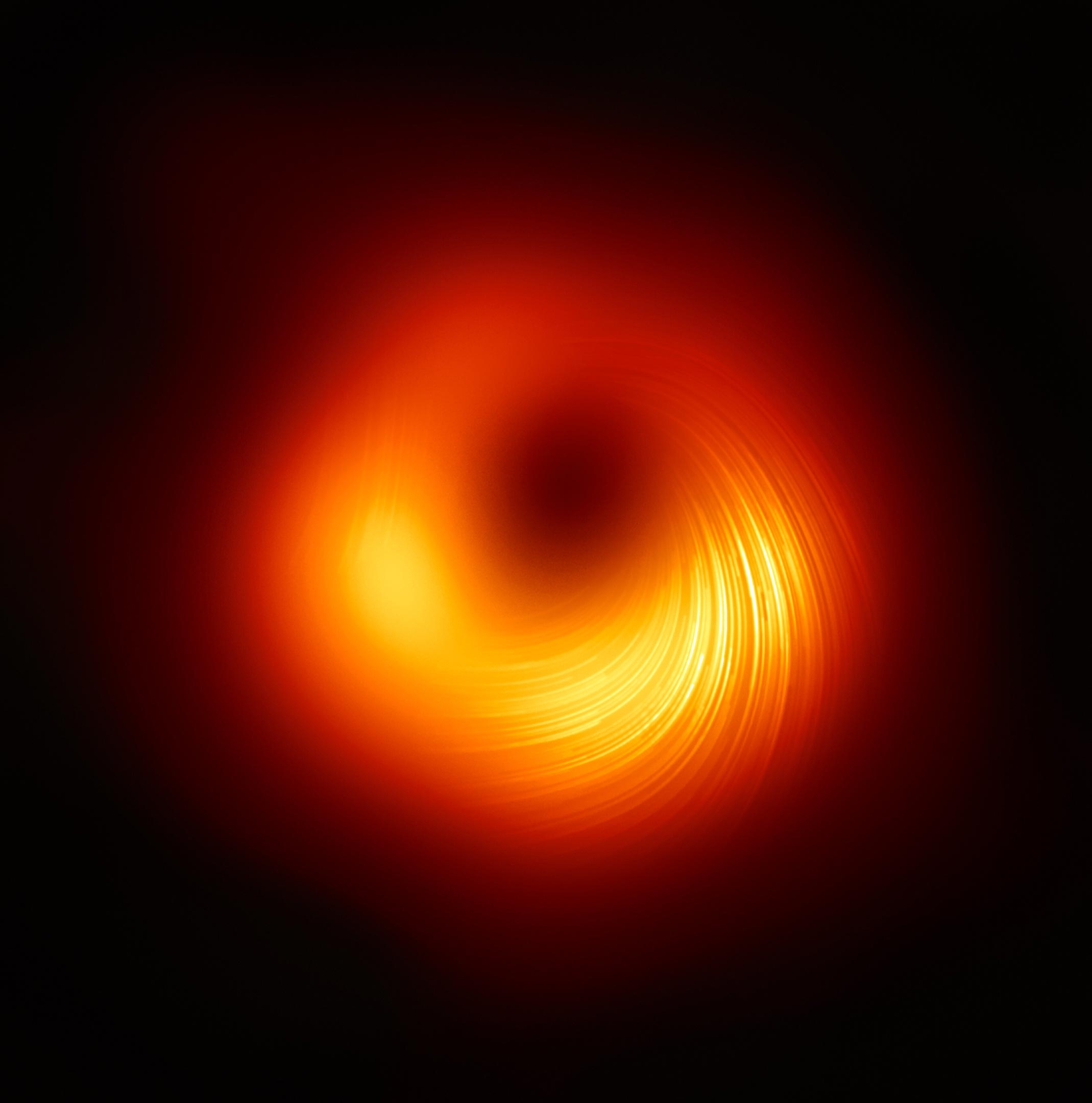The first close-up picture of a black hole was captured back on April 10, 2019 by collaborators of the Event Horizon Telescope (EHT) project; the discovery was the result of two years of dedicated work by institutions who participated in the project.

On March 24, 2021, new work was published in The Astrophysical Journal that released the results of further analysis from the 2019 image of Messier 87’s photographed black hole. Over 300 researchers behind the publication have concluded that the light surrounding the black hole from the picture consists of some partially polarized light.
Light itself becomes polarized when it passes through certain kinds of filters or lenses or it “is emitted in hot regions of space that are magnetized.” Hence, polarization and magnetism are related. By incorporating polarizers in telescopes, astronomers can “map the magnetic field lines” which are located at the inner edges of black holes.

However, not all visible light emitted from black holes is polarized. In fact, researchers estimate that between 10% and 20% of the light seen in the famous photograph is actually polarized; still, this is much more than the 1% to 3% previous estimations. Jason Dexter, an astrophysicist at the University of Colorado Boulder, and coordinator of the EHT Theory Working Group explained this vast underestimation by stating, “When averaging across all the data … polarized light traveling in one direction ‘canceled out’ polarized light traveling in the opposite direction, so the proportion of polarized light looked artificially low.”
Furthermore, the new images allow scientists to learn more about the long-pondered unknowns regarding the jets of black holes. Jets are large amounts of matter and energy that are expelled from black holes, and they can travel more than 5,000 light years into space. Kotaro Moriyama, an overseas postdoctoral fellow of the Japan Society for the Promotion of Science at Haystack Observatory, explained that these new polarization images “suggest that the powerful jet is formed by plasma flow arrested by aligned magnetic fields in the vicinity of the black hole, resisting its strong gravitational pull.”
There is still much to learn about this topic, and in the words of Dexter regarding this discovery, “it’s just the beginning.” He points out a very exciting realization that there’s nothing stopping scientists from focusing on the black hole centered in our own galaxy—the Milky Way.
Be First to Comment